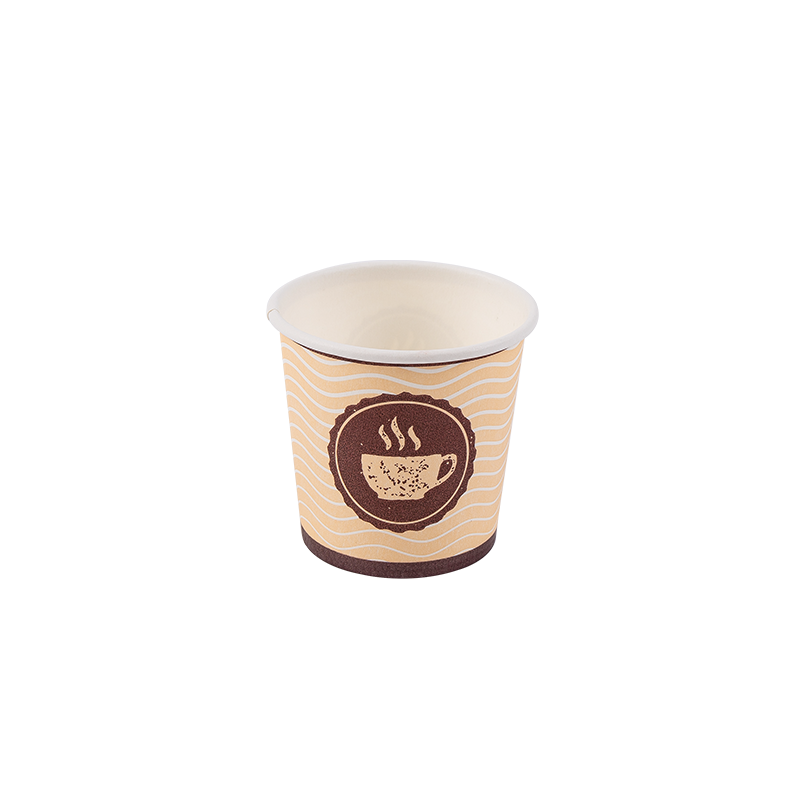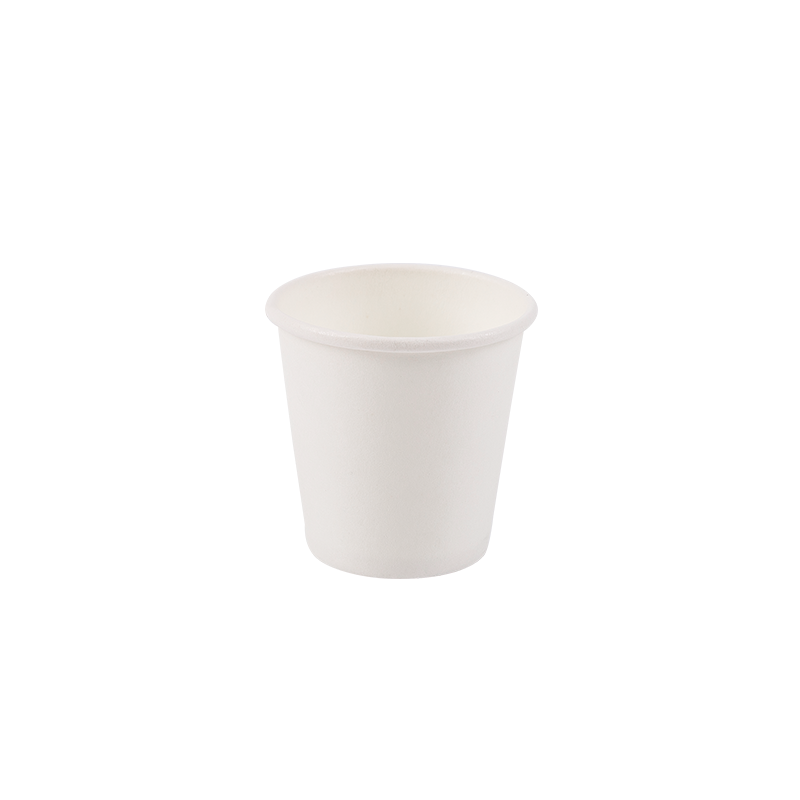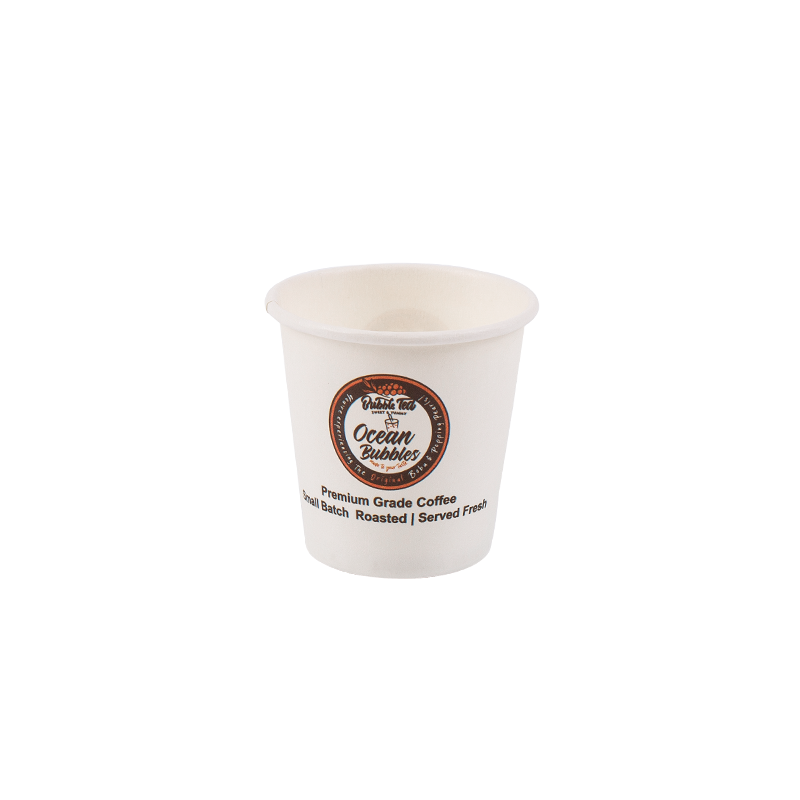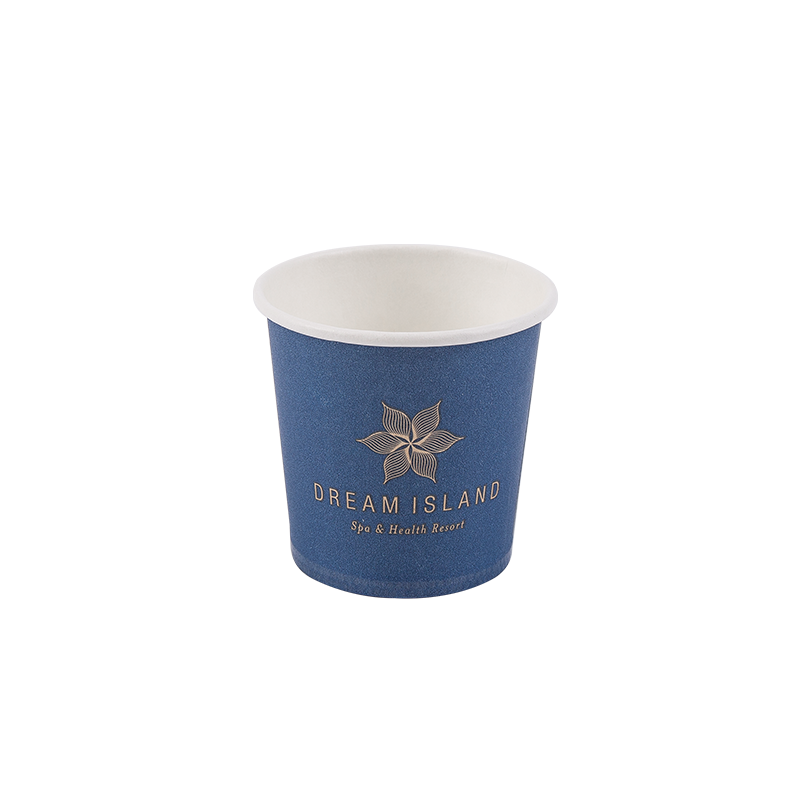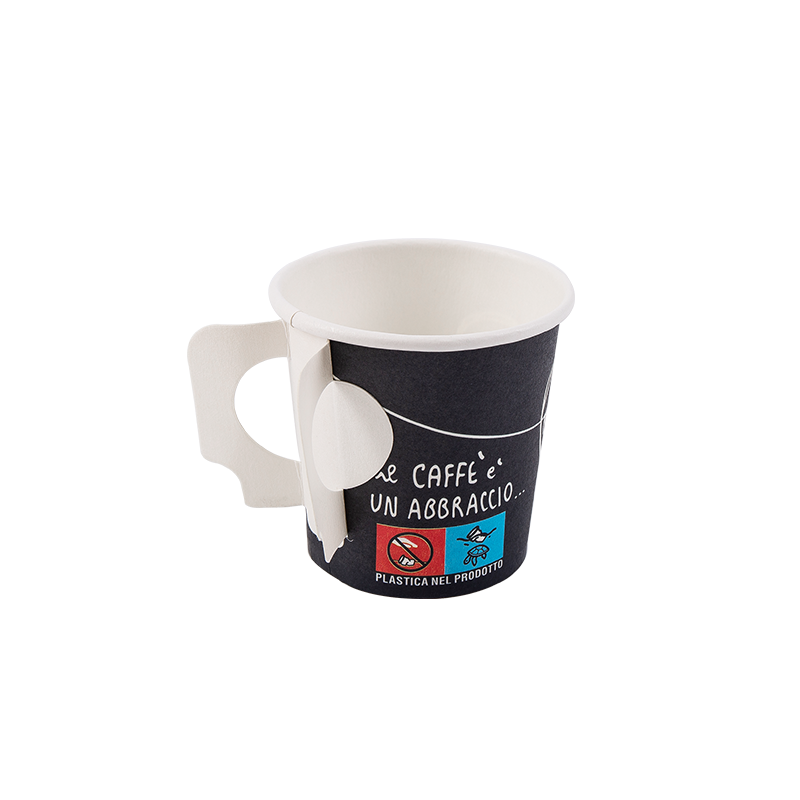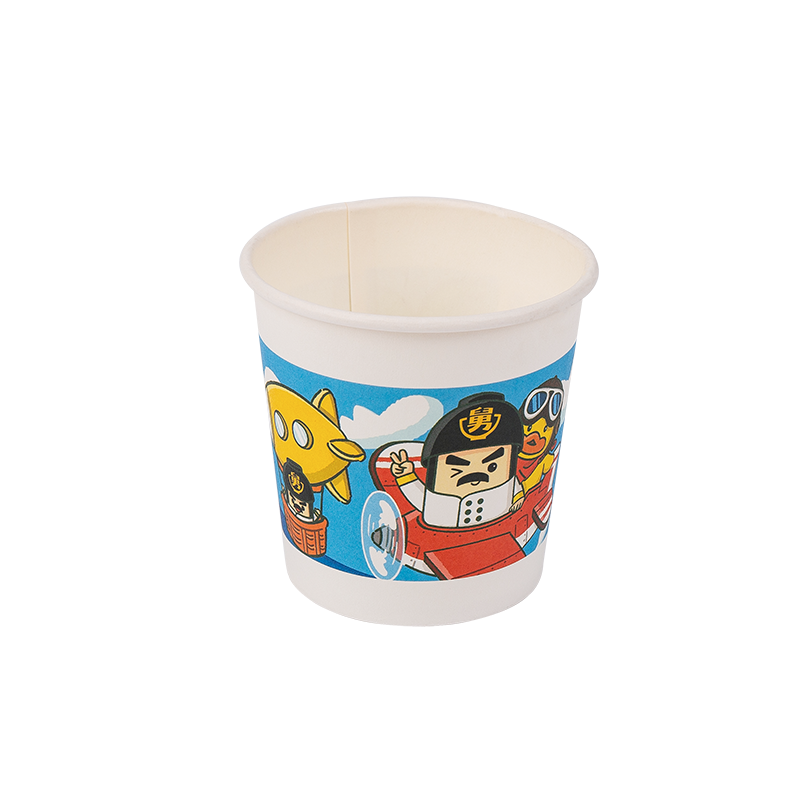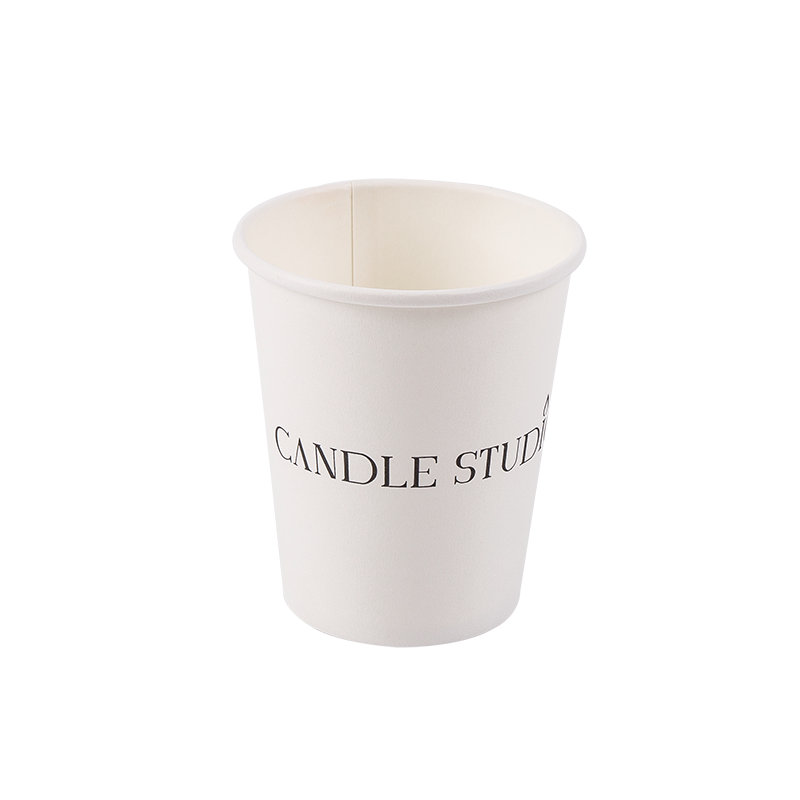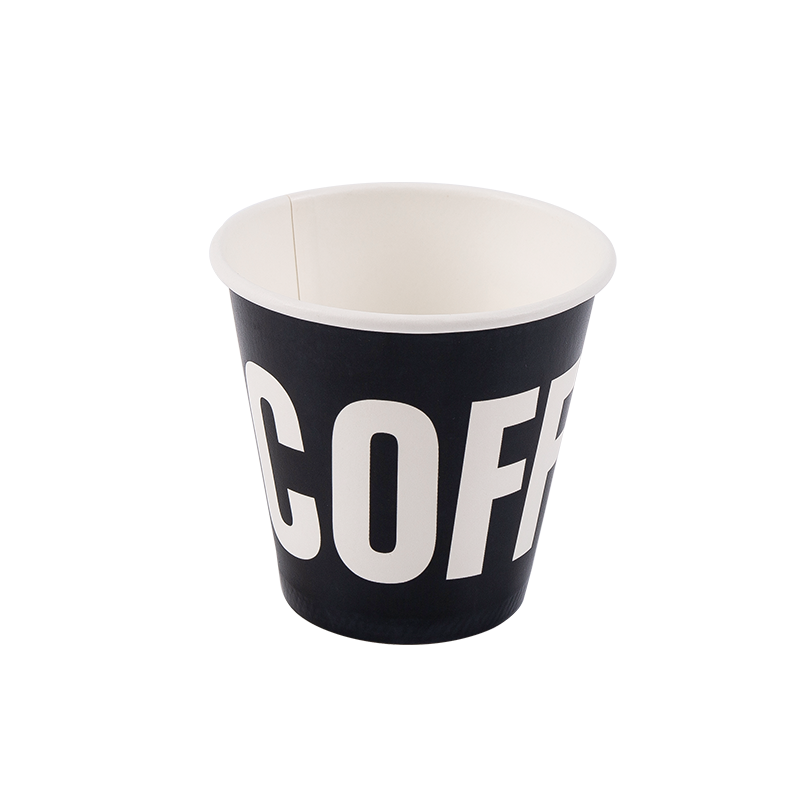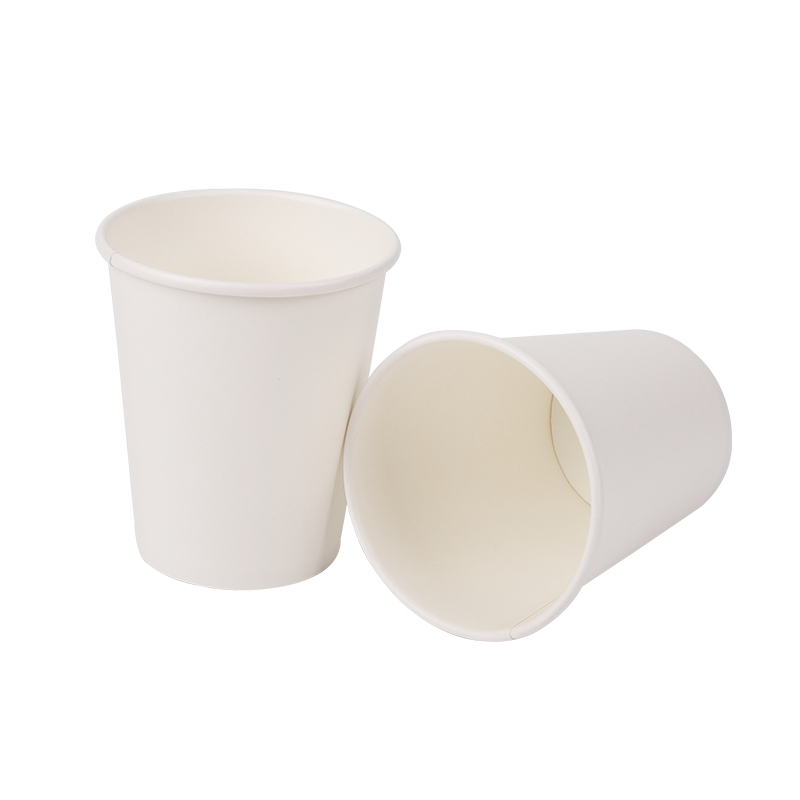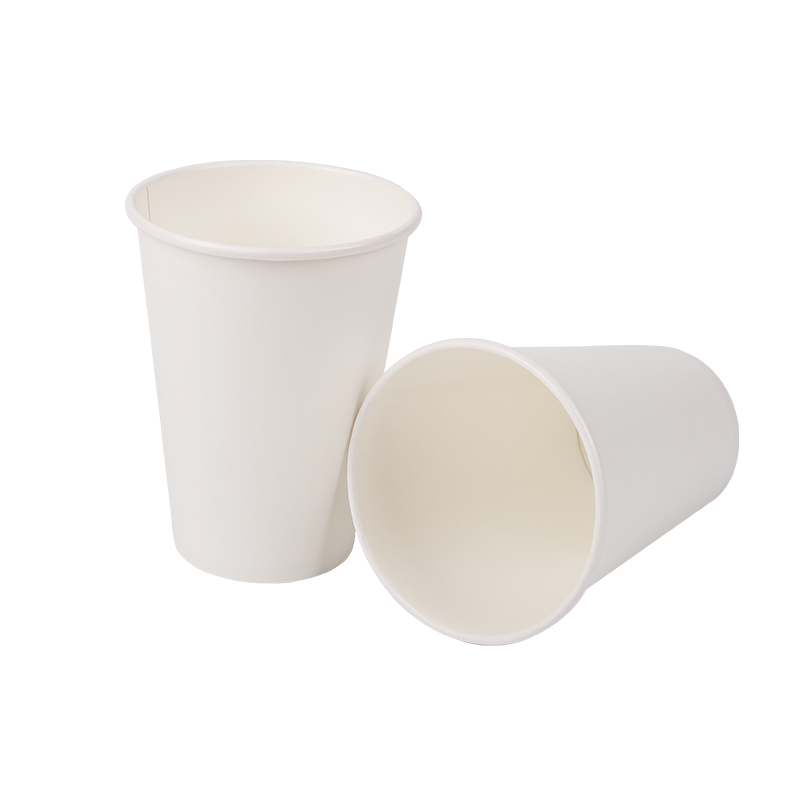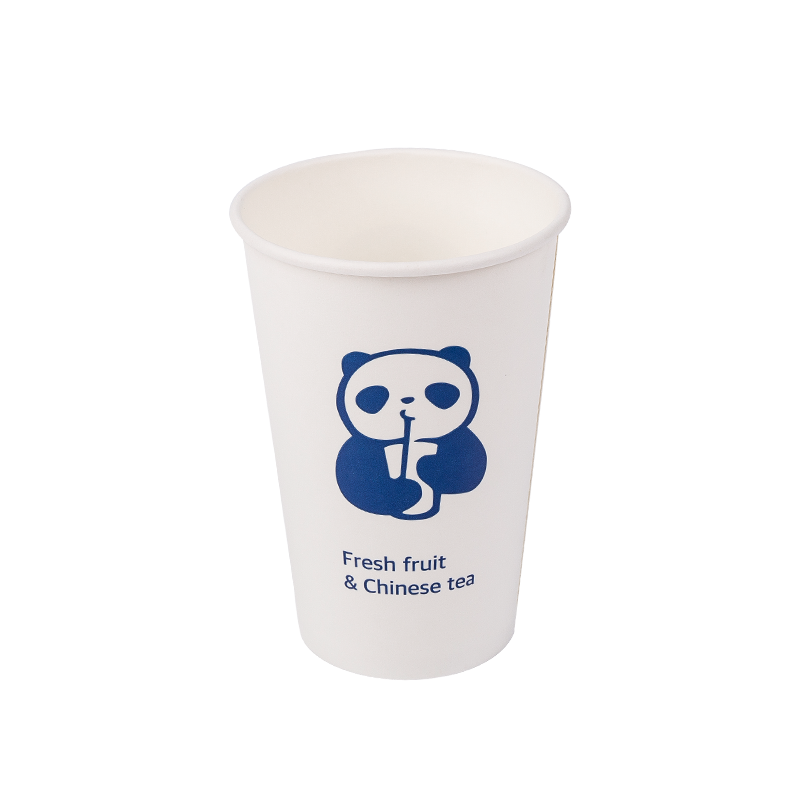The Rise of Disposable Paper Soup Bowls
The increasing demand for convenience, coupled with a growing global awareness of environmental issues, has propelled disposable paper soup bowls into the spotlight. These bowls provide a hygienic and practical way to serve a wide range of food items, from hearty soups and stews to pasta, salads, and even ice cream. Their lightweight nature and disposability make them ideal for takeaways, food trucks, catering events, and fast-casual restaurants.
Construction and Material Science
At their core, disposable paper soup bowls are crafted from food-grade paperboard, typically virgin pulp to ensure safety and prevent contamination. The key to their functionality, particularly for hot liquids, lies in specialized coatings.
-
Polyethylene (PE) Coating: Traditionally, a thin layer of PE is applied to the inside of the bowl. This coating provides excellent water and grease resistance, preventing leaks and maintaining the bowl's structural integrity. However, PE is a petroleum-based plastic, which has raised concerns about its environmental footprint and recyclability.
-
Biodegradable and Compostable Linings: In response to environmental pressures, manufacturers have developed innovative alternatives to PE. These include:
-
Polylactic Acid (PLA): Derived from renewable resources like corn starch, PLA is a biodegradable and compostable bioplastic. Bowls lined with PLA can break down in industrial composting facilities, reducing landfill waste.
-
Aqueous Coatings: These are water-based dispersions that form a barrier layer, offering similar performance to PE but with improved environmental characteristics. They are often recyclable and repulpable in conventional paper recycling streams.
-
Bio-PBS (Polybutylene Succinate): Another compostable bioplastic, Bio-PBS offers good heat resistance and barrier properties, making it suitable for hot food applications.
-
The thickness and density of the paperboard also play a crucial role in the bowl's performance, determining its rigidity, insulation properties, and overall durability.
Advantages of Paper Soup Bowls
The widespread adoption of paper soup bowls is driven by a multitude of benefits:
-
Hygiene and Safety: Being single-use, they eliminate the need for washing and sanitizing, significantly reducing the risk of cross-contamination in food service environments.
-
Convenience and Portability: Their lightweight and stackable design makes them incredibly easy to store, transport, and serve. They are perfect for on-the-go consumption.
-
Versatility: Available in various sizes and designs, they can accommodate a diverse range of hot and cold food items. Many are also microwave-safe, adding to their utility.
-
Brand Promotion: Paper bowls offer ample surface area for custom printing of logos, branding, and marketing messages, serving as an effective promotional tool for businesses.
-
Insulation: The paperboard material, especially with thicker grades, provides a degree of insulation, helping to keep food warm for longer and protecting hands from excessive heat.
-
Environmental Considerations (with appropriate linings): With the advent of compostable and recyclable linings, paper soup bowls can offer a more sustainable alternative to traditional plastic containers, aligning with corporate social responsibility initiatives.

Environmental Impact and Sustainability
The environmental impact of disposable paper soup bowls is a complex topic, largely dependent on the type of lining material used and the end-of-life disposal infrastructure.
-
Forestry and Sourcing: Responsible sourcing of paperboard from sustainably managed forests (FSC-certified) is crucial to minimize deforestation and protect biodiversity.
-
Recyclability: PE-lined paper bowls are challenging to recycle in many facilities due to the difficulty of separating the plastic from the paper fibers. However, advancements in recycling technology are making this more feasible. Bowls with aqueous coatings or no coatings are generally easier to recycle.
-
Compostability: PLA-lined and other certified compostable bowls require industrial composting facilities to break down effectively. If these bowls end up in landfills, they may not decompose as intended due to lack of oxygen and microbial activity.
-
Biodegradability: While often used interchangeably with compostable, biodegradable simply means the material will break down over time. It doesn't guarantee a beneficial outcome for the environment, especially if it leaves microplastic residues.
The industry is continuously striving to improve the sustainability profile of these bowls through material innovation, lightweighting, and promoting proper disposal methods.
Future Trends and Innovations
The future of disposable paper soup bowls is set to be shaped by ongoing advancements in material science and a heightened focus on circular economy principles.
-
Enhanced Barrier Technologies: Research is ongoing to develop new bio-based and mineral-based coatings that offer superior barrier properties without compromising recyclability or compostability.
-
Molded Fiber Technology: Innovations in molded fiber production could lead to more complex and rigid bowl designs that require less coating, further reducing their environmental footprint.
-
Smart Packaging: Integration of QR codes or NFC tags could provide consumers with information on proper disposal, ingredients, or even promotional content, enhancing the user experience.
-
Closed-Loop Systems: The industry is exploring models where used paper bowls can be collected and reprocessed into new paper products, creating a more circular economy.
-
Certification and Transparency: Increased demand for third-party certifications (e.g., BPI for compostability, FSC for responsible forestry) will drive greater transparency and accountability in the supply chain.
Conclusion
Disposable paper soup bowls have evolved significantly, moving beyond simple convenience to embrace greater sustainability. While challenges remain in ensuring their proper end-of-life management, ongoing innovations in materials and manufacturing processes are paving the way for a more environmentally responsible future. As consumer preferences continue to shift towards eco-friendly options, the demand for high-quality, sustainable paper soup bowls is only expected to grow, making them a critical component of the modern food service landscape.










 English
English русский
русский Español
Español 中文简体
中文简体